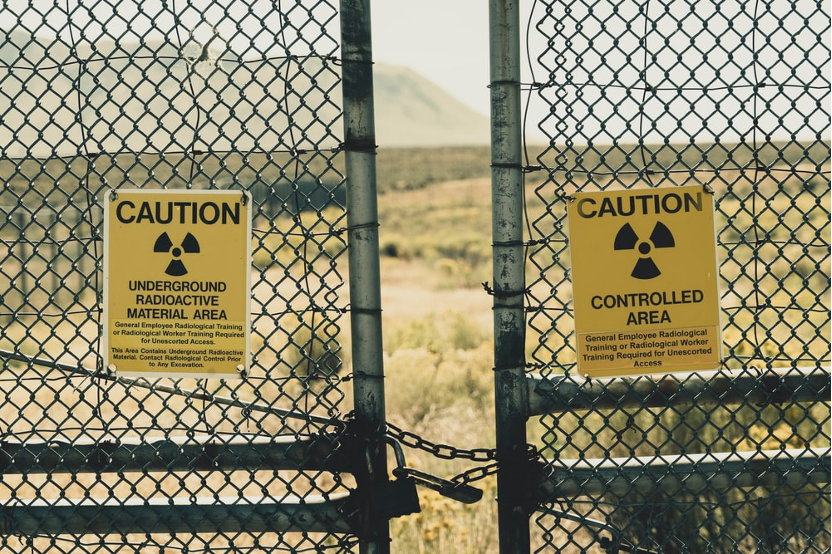One of the scariest forms of poisoning is radioactive poisoning. It can cause irreversible damage to lungs without even being seen by the naked eye. Radon is a radioactive gas that causes 1,000 deaths in the UK alone each year. In the United Kingdom, radon is the second largest cause of lung cancer and poses a great danger in workplaces and homes.
Because of this reason, radon testing UK has become a regulation implied by the law to ensure the safety of workers. The gas is odorless and colorless. Typically found in soils, building materials, rocks, and water. This radioactive gas seeps out of the ground and accumulates in the home or workplace.
Management of working environments and premises should take care of the working environment by hiring businesses to do regular air quality testing. Staying within the rules and regulations will only ensure the safety of the workers and prevent any fatal medical conditions.
WORKPLACES MOST PRONE TO INFECTION
Although not one single premises should be taken off of the list, there are a few workplaces that are more prone to be affected by radon poisoning. After a thorough radon measurement survey done by the BGS (British Geological Survey) and the PHE (Public Health of England) in over 600,000 properties, a map of potential affected areas has been made.
It’s important to identify whether your workplace falls in this grid to ensure that you take the necessary measures. Underground working spaces like cellars, caves, basements, mines, and service ducts are prone to high radon levels. As well as indoor places like schools, hotels, care homes, nursing homes, health care centers, factories, and warehouses.
Spaces that only run from certain parts of a building, aren’t as susceptible to radiation gas poisoning. This refers to any part that is located on the first floor or above. You can find the indicative atlas map by clicking here.
Before you rule your working place out of the equation, it will be wise to thoroughly investigate the map conducted by the PHE and BGS to ensure you are out of harms way.
Tests and surveys have shown that buildings placed next to each other can have greatly different measurements. While one might have high levels of radon, the adjoining building might have very low levels. It’s therefore important that you don’t eliminate yourself from testing because of next door association.
Even if your neighboring workplace isn’t at risk, it doesn’t mean you are in the clear.
When Should My Workplace Be Tested?
Testing for radiation gases is much more common than you might think and should be done regularly. Wherever studies suggest there might be higher levels of the dangerous gas present or where employees might be exposed, a test should be done.
It’s important that managers and business owners hire qualified and licensed laboratories to do the testing. There are many different ways in which the levels can be tested. Cheaper tests require leaving a detector in areas where workers are and then reading measurements. While more thorough tests can be done for a few more pounds.
It’s advised that before a new and open building is occupied that it should undergo testing. This is to ensure that all protective measures are put in place before occupation.
TESTING AND RESULTS
When you hire an accredited and experienced company to perform surveys and tests, you will have the piece of mind that it is done correctly. To see how a radon test is performed, watch this video by a trusted and accredited contractor: https://www.youtube.com/watch?v=UnqIPtZt3Go.
When the premises measure below 300 Bq/m3, a risk assessment review will have to take place. In the case where the occupied premises measures above 300 Bq/m3, an immediate risk plan should be performed.
This emergency plan will have to incorporate the advice from an RPA (Radiation Protection Adviser) which will ensure that no further exposure is undertaken by employees. The adviser will give clear procedures that can be followed that is cost-effective and designed to reduce radon levels. In some cases, you might have to call in a remediation contractor to get rid of affected materials.
It’s important that all employers are aware of the dangers caused by radiation gasses and are willing and able to take necessary measures to ensure the safety of employees.

